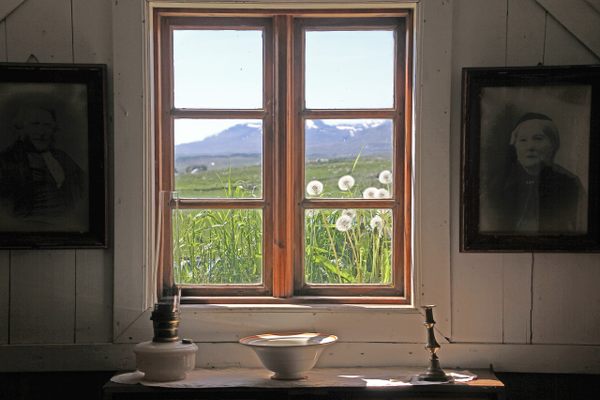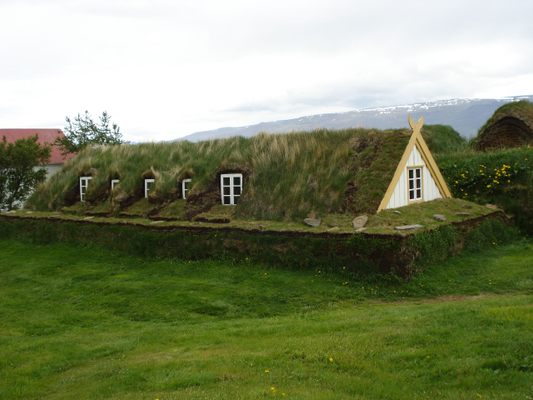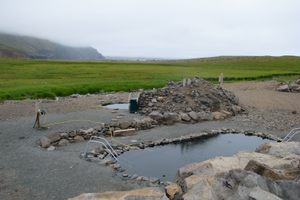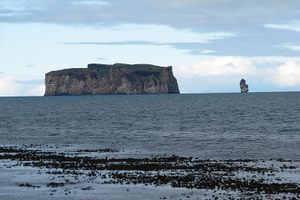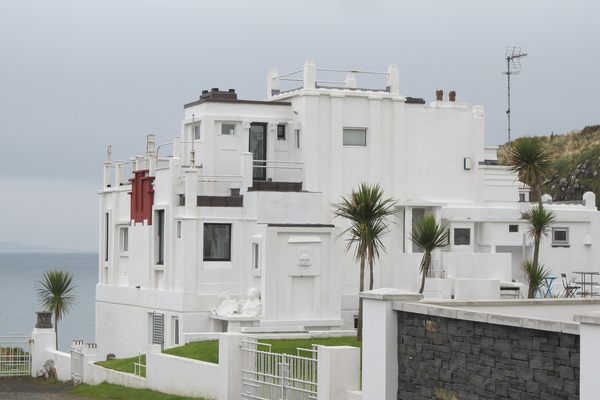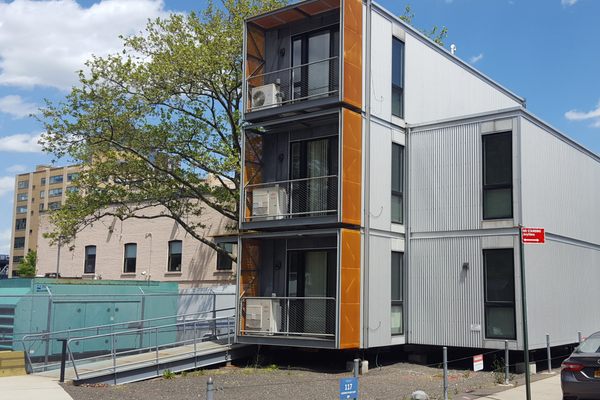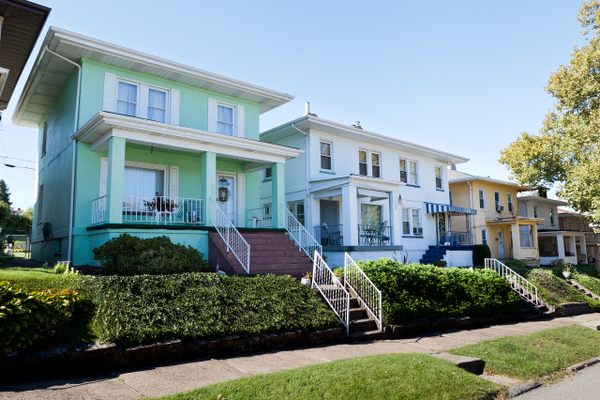About
A farm is said to have stood on this site in northern Iceland since the late ninth century—in other words, about as long as the island has been settled. Now, rather than a working farm, the Glaumbær Farm and Museum is home to beautifully-preserved Icelandic turf houses that offer a glimpse of life in the 18th and 19th centuries.
Built out of stone, wood, and of course, turf, the buildings are a style that was common in the region in the 18th and 19th centuries. The surrounding landscape offered a limited amount of suitable building stone, so the abundant turf was used to supplement the walls of these buildings. The interior frames were made using imported timber and driftwood.
After Glaumbær Farm's last inhabitants moved out in 1947, and the site was turned into a museum. The buildings vary in age: The oldest was likely built in the mid-18th century, and the most recent in 1876-79.
The farm has a total of 13 buildings, each with its own function. The main unit is the baðstofa, a communal eating and sleeping space, where people sat to do their handiwork. Food was stored and prepared in the pantry and kitchen. The Brandahús consists of an entrance, front hall, and passages that connected the farmhouse buildings. One house provided accommodation for the elders and other members of the household. There are also guest rooms, storerooms, and a blacksmith’s workshop.
On the museum grounds, there are also two wooden houses known as Gilsstofa and Áshús. These contain office spaces, a gift shop, and a small museum exhibit. The nearby Glaumbær Church was built in 1926.
Related Tags
Iceland in Summer: Journey through the South Coast & the Westman Islands
Explore Iceland's Myths, Wonders, & Landscapes.
Book NowPublished
November 25, 2021





